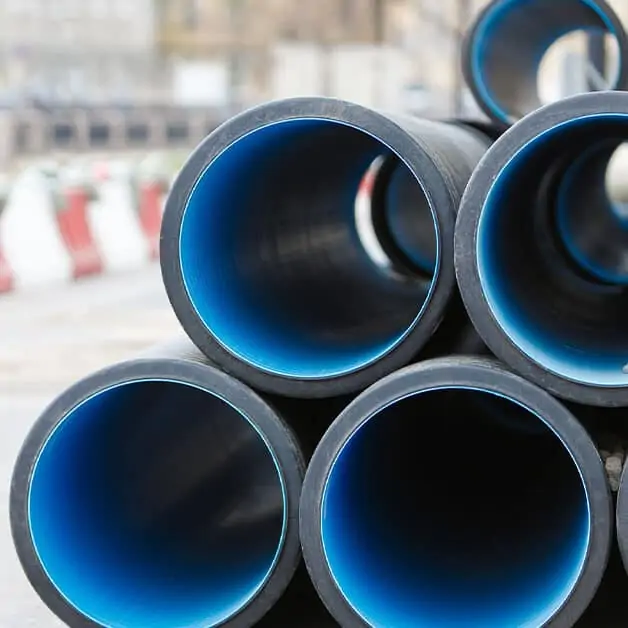Pipelining is an efficient method of fixing pipelines that does not require excavation. This technology can be used in residential and commercial properties. It can also save customers money by avoiding costly and disruptive repairs.
A successful pipeline management strategy requires a streamlined sales process and regular review of key metrics. This allows for more effective planning and execution, improving productivity and overall performance.
Structural pipelining
Like the trenchless sewer pipelining in San Diego, pipelining is a modern and cost-effective method for repairing pipes. It’s an excellent choice for those looking for alternatives to traditional digging and replacement methods. It can be done quickly and without digging a trench in your property. It’s also environmentally friendly.
If left unattended, leaking or rusty pipes can cause damage to the foundations of your home or business. This can lead to dampness, mold, and costly repairs. Pipe lining can prevent these problems by putting a layer of protective material over your pipes.
There are several types of pipe lining techniques available. One of the most popular is called CIPP, or cured-in-place pipe lining. This technique involves placing a lining soaked in resin inside the existing pipeline. It can be inserted from one access point, pulled to the other, or blown using a compressed air system. The lining is then inflated and cured with steam or heat to create a structurally sound new pipe within your old, deteriorated pipeline.
Repiping
The pipes running throughout your house must be maintained like the rest of the home. Leaks, discoloration, and strange noises indicate that your plumbing system may need to be repiped. This renovation replaces outdated materials with modern, high-quality pipes to address low water pressure and leaking walls.
Many older homes have galvanized steel piping, which corrodes over time and requires replacement. New copper and PVC piping can provide better water quality and reduce the likelihood of future problems. Repiping can also add to the value of your home and enhance its aesthetics.
Repiping typically takes a few days to a week, depending on the size of your home and the number of rooms with plumbing. Before plumbers begin working, they will cover carpets and furniture to protect them from dust. They will then cut holes in your drywall to remove old pipes and install new ones. They will also upgrade your home’s fixtures to low-flow models to help lower your utility bills.
Pipeline inspections
Pipelines are critical to the energy industry and can transport oil, gas, water, and other vital resources over long distances. Their failure to function correctly could cause significant damage to the environment and even lead to loss of life. The maintenance and repair of pipelines is essential for safe operations.
A detailed inspection of the pipeline can help identify potential issues. This allows energy companies to make changes before it’s too late, saving them money and improving efficiency.
Various high-tech devices can be used to inspect pipelines and piping systems. These devices, known as smart pipeline pigs, are designed to scan the pipe’s interior for corrosion and metal loss, dents, or potential leaks. They can also be used to determine the residual life of a pipe. Unlike traditional methods, these devices are tethered and can be operated while the pipeline is in service. They also eliminate the need for scaffolding or rope access, increasing safety.
Maintenance
In addition to collecting data about pipeline performance, you need to monitor it and make adjustments as necessary continuously. This involves modifying your pipeline configuration, monitoring and visualizing metrics, and setting up alerting. For example, you can use a dashboard to collect pipeline metrics and set up notifications to notify teams when there are issues. For example, you can send alerts via Slack channel, email, SMS, PagerDuty, or create an incident in an issue management tool. It’s important to note that it is easy to get carried away with a visually attractive dashboard and try to showcase too much information, which may not help the team identify problems quickly.
















